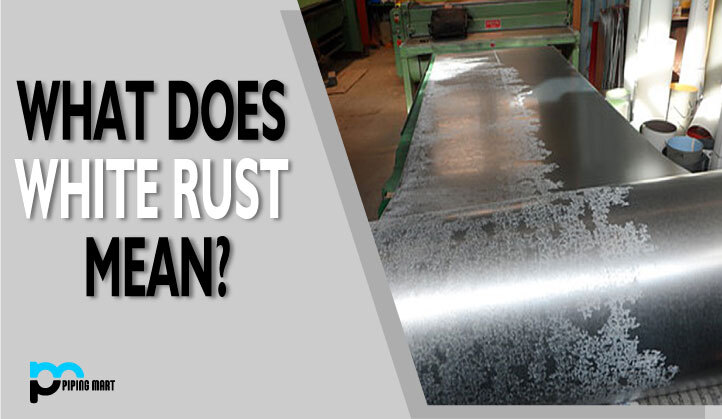Sheet Metal:
Any metal that is thicker than foil but thinner than 6mm, the thickness of a metal plate, is referred to as sheet metal. Sheet metal is frequently utilized in constructions that do not require long-term durability. For added strength without adding weight, it is frequently corrugated or diamonded. Diamonding is the adding of diamond ridges to the metal that provides structure. Corrugation is the creasing of the metal at regular intervals to generate ridges.
Plate Metal:
Any sheet of metal with a thickness of 6mm or more is referred to as plate metal. Plate metal is utilized in situations where weight savings are more essential than durability. It’s utilized in cars where crash testing necessitates long-term durability.
Difference between:-
Plate and sheet are terminologies used to describe metal types based on their thickness. Sheet metal is often less than 3 mm thick, whereas plate metal is typically greater than 3 mm thick. Some people are perplexed by terms like plate, cover, foil, and others, but they don’t have to be because their alternatives are plainly written down. In terms of product metals, we commonly use terminologies like plate and board. The thickness of a commodity determines which category it belongs to or to which it relates. The plate has a thickness of 0.25 inches or more, whereas the sheet has a thickness of 0.006 inches or more but less than 0.25 inches. At the bottom of this scale, an image that is less than 0.006 inches long is. These three classes account for the vast bulk of aluminum utilized in diverse sectors throughout the world. Aluminum is pushed between rolls under high pressure, making it thinner and stronger in the direction it travels. Which of the three forms corresponds to the resulting part of aluminum is determined by the amount of pressure applied.
The rolling process begins with metal ingots that are very long and wide, with a thickness of over 2 feet. This ingot is pushed back and forth by a separation machine, which reduces the ingot’s power to a few millimeters. Producing metal sheets and plates necessitates more rolling. The sheet is utilized to create cans and closures, whereas the plate is largely employed in the aviation, manufacturing, and transportation industries. Plates offer structural components for ships, trains, military vehicles, and trucks. Cooking utensils and other household equipment frequently have sheets. Aluminum sheets can be painted in a range of colors, although the plate itself remains silvery.

Pipingmart is B2B portal specializes in industrial, metal and piping products. Also, share latest information and news related to products, materials and different types grades to help business dealing in this industry.




